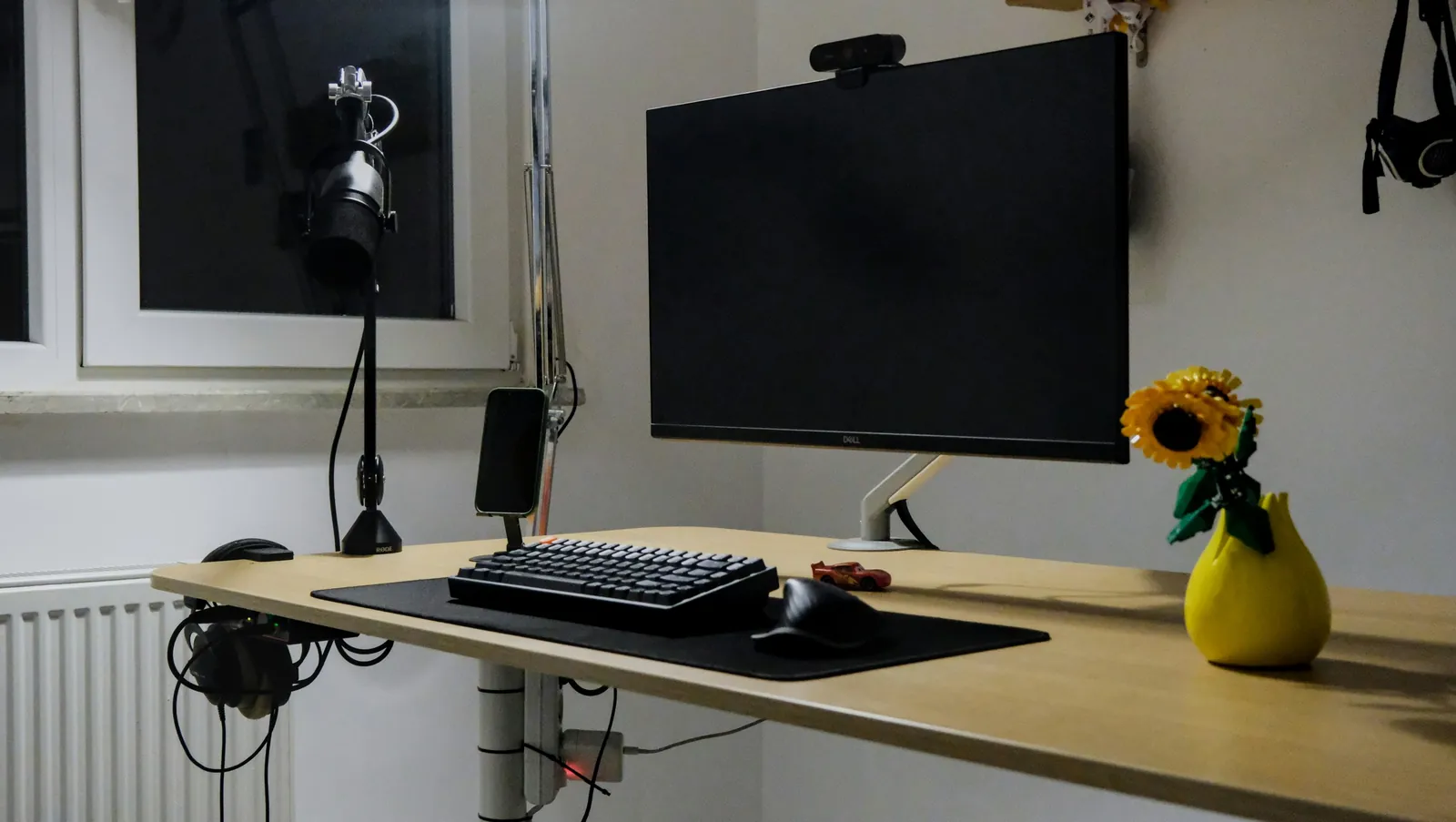Adjusting your workspace: key strategies for better body alignment

Understanding the Importance of Ergonomics
With the increasing amount of time we spend at our desks, the need for proper ergonomics is more crucial than ever. Ergonomics involves designing or arranging workplaces, products, and systems so that they fit the people who use them. In a workplace context, good ergonomic practices can help prevent pain and injury and can contribute to better productivity and satisfaction.
Assess Your Current Workspace
Before making any changes, it's essential to evaluate your current setup. Take a few moments to consider how you feel after a typical workday. Do you experience any discomfort in your neck, back, or wrists? Are you often adjusting your posture to find a comfortable position?
- Chair: Ensure it provides good lumbar support. Your feet should rest flat on the ground, with knees at a 90-degree angle.
- Desk: The height should allow your elbows to be at or slightly below your keyboard level.
- Monitor: The top of your screen should be at or slightly below eye level.
Simple Adjustments for Improved Alignment
Small changes can make a significant difference. Start with these basic adjustments:
Monitor Positioning
Your monitor should be directly in front of you, roughly an arm's length away. Adjust the screen so that your eyes naturally fall on the top third of the display.
Keyboard and Mouse Placement
Place your keyboard and mouse close enough so that your elbows remain close to your body, forming a natural angle of about 90-110 degrees. Consider using wrist rests to alleviate pressure from prolonged typing.
The Power of Standing Desks
Sit-stand desks are becoming increasingly popular for their versatility. They allow you to alternate between sitting and standing throughout the day, promoting movement and reducing the risks associated with prolonged sitting.
Incorporating Movement into Your Day
Movement is vital for maintaining health and preventing stiffness. Here are some simple exercises to integrate into your daily routine:
Desk Stretches
- Neck Stretches: Gently tilt your head towards each shoulder, holding for 10-15 seconds on each side.
- Wrist Rolls: Rotate wrists clockwise and counterclockwise to relieve tension.
- Shoulder Shrugs: Lift shoulders towards ears and then release downwards.
Micro-breaks
Set a timer to remind yourself to take short breaks every hour. Use this time to stand up, walk around, or do a brief stretch routine.
Developing a Healthy Workflow
A productive work environment isn't just about the physical setup—it's also about managing tasks effectively. Here's a simple mini-framework for enhancing workflow efficiency:
- Prioritize Tasks: Identify three main tasks to complete each day.
- Time Blocking: Allocate specific time slots for focused work, allowing breaks in between.
- Use Technology: Leverage apps like Todoist or Trello to keep track of tasks.
The Role of Breaks in Enhancing Productivity
Regular breaks are crucial for maintaining mental clarity and preventing burnout. Try incorporating the Pomodoro Technique: work for 25 minutes, then take a 5-minute break. This approach helps maintain focus and productivity throughout the day.
Listening to Your Body
Your body provides cues when something isn't right. Pay attention to any signs of discomfort and adjust accordingly. For chronic pain or persistent issues, consider consulting a healthcare professional to identify underlying problems that might not be addressed by simple ergonomic changes.
The Takeaway: Aligning Health with Productivity
A well-aligned workspace not only enhances comfort but also boosts productivity. By taking small, actionable steps towards better ergonomics and incorporating regular movement into your day, you can significantly improve both your physical health and work efficiency. Remember, making these changes doesn't require an overhaul; start small and build upon each adjustment as it becomes part of your routine.
